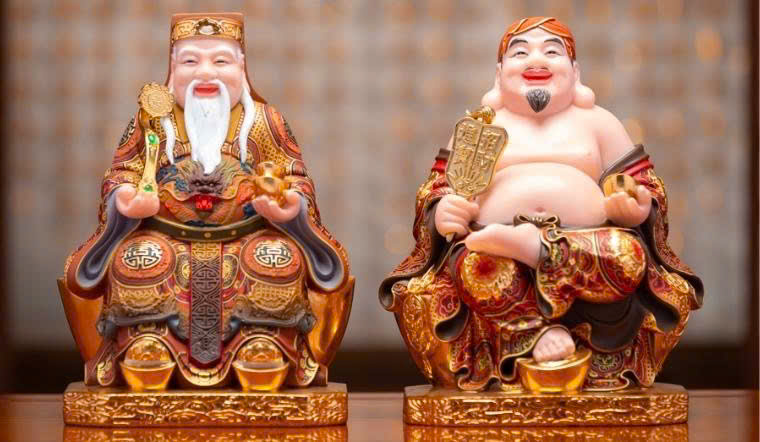
Traditional lacquer craft is one of the handicrafts with a long history in Vietnam. Not only does it bring economic value, lacquer craft is also an important part of the culture, art and soul of the Vietnamese people.
The lacquer craft originated very early, closely associated with the development of sculpture and painting. During the feudal period, lacquer was one of the main materials used to decorate architectural works, as well as fine art products. Traditional lacquer products were not simply utensils but also carried spiritual value, demonstrating the class and art of that period.
The origin of the lacquer craft is proven through sources of documents: history, legend, folklore, commercial documents, especially archaeological documents.
Pre-1945 period: Records about lacquer in this period were made by some Vietnamese and Chinese feudal historians as well as some French scholars and merchants. However, the records were very sketchy and indirect. They mainly focused on lacquer resin, lacquer trees, lacquer usage customs, and some things about the lacquer craft that no work has mentioned from the perspective of historical documents.
Post-1945 period: The discoveries and research on lacquerware of this period are closely linked to the excavation results of Vietnamese archaeologists, as well as the efforts of Vietnamese art researchers to explore lacquerware and lacquerware. Notable among them are the boat-shaped coffin tombs dating from the centuries before and after the Christian era: such as Viet Khe, Chau Dan, Chau Son. Among them are art studies that mention lacquerware and lacquerware by Le Quoc Loc, Le Kim My, Thai Ba Van. However, these authors do not seem to have surveyed Vietnamese lacquerware in any specific historical period. Also during this period, many authors studied the Vietnamese lacquer craft through the relics that still exist in communal houses, pagodas, temples, etc. It can be said that in this second phase, the study of lacquer craft attracted many researchers from different fields, initially clarifying the first appearance of Vietnamese lacquerware and their values in the development of national culture.
From ancient times until now, the painting profession has been respected by the people not only because it is a genuine profession but more importantly because only the painting profession has practical value in the revered worship objects and daily use items of our people. And to create beautiful painted objects, the creation of paints is very important. The traditional paint production process usually includes the following steps:
– Prepare raw materials: The main raw materials for paint production include tree resin, natural pigments, and additives such as vegetable oil. These raw materials are often harvested from nature, ensuring environmental friendliness.
– Mixing: Resin and pigment are mixed together in a certain ratio. This process requires skill and experience to achieve the desired color and gloss.
– Polishing: After the paint is applied to the product surface, the artisans will perform the polishing step, helping the product become brighter and more durable.
– Natural drying: Traditional paint often dries naturally, helping the product maintain its durability and color for a long time.
Vietnam has many types of traditional paint, each with its own characteristics and applications:
– Lacquer: A type of paint made from tree resin and pigments, lacquer is often used to decorate products such as paintings, wooden furniture, and jewelry. Lacquer has a high gloss and vibrant colors.
– Oil paint: Extracted from vegetable oil, oil paint is often used in painting. This type of paint has good adhesion and dries slowly, allowing artists to work more easily.
– Water-based paint: Easy to use and quick-drying, water-based paint is often used for interior products and home decoration.
Products from traditional painting are very diverse, including:
– Lacquer paintings: A unique art product, lacquer paintings often depict themes such as nature, people and Vietnamese culture. Artists use many different techniques to create colorful and meaningful works.
– Lacquered wood furniture: Lacquered wood products are not only beautiful but also durable, often used in interior decoration.
– Jewelry: Many artisans also create unique jewelry from lacquer, bringing a delicate and different beauty.
Lacquer is not only a profession but also a part of Vietnamese culture. Lacquer products carry the thoughts and feelings of the artisan. Each work is not simply a piece of art but also a story, a profound message about life.
Lacquerware also plays an important role in spiritual ceremonies. Lacquerware products, such as statues, incense bowls, or offerings, are often used in festivals, expressing people's respect and gratitude to gods and ancestors. Lacquerware is also closely associated with many Vietnamese customs. During holidays, people often use lacquerware products to decorate their homes, expressing prosperity, happiness, and respect for their ancestors.
Sculpture in Vietnam has many famous statues crafted with special painting techniques. Here are some typical examples:
- Buddha statue at One Pillar Pagoda (But Pagoda)
The Buddha statue at the One Pillar Pagoda is one of the cultural symbols of Vietnam. The statue is painted in gold, representing solemnity and elegance. The lacquer technique helps to highlight the beauty of the statue while protecting it from environmental impacts.
Statue of Bodhisattva Avalokitesvara with a thousand eyes and a thousand hands, internet document.
- Statue of Buddha Quan Am, Ha Pagoda, Vinh Phuc .
In 1962, the statue of Buddha Quan Am of Hoi Ha Pagoda was fortunately discovered and preserved to this day. The statue is painted red and gold, creating a majestic and solemn atmosphere. And currently the statue of Buddha Quan Am is on display at the Vietnam Fine Arts Museum.
- 3. God of Wealth statues in stores
The God of Wealth statues are painted with special techniques, often using lacquer to create a glossy finish and eye-catching colors. These statues not only have spiritual significance but are also considered symbols of fortune and prosperity.
Photo: Statue of God of Wealth and God of Land, Internet source
- 4. Statues of gods in folk festivals.
Many statues in traditional Vietnamese festivals, such as those in temple and pagoda festivals, also use special painting techniques. These statues are often painted in bright colors, showing respect and wishing good luck to the community.
Famous statues in Vietnam not only represent artistic value but also carry profound cultural and spiritual significance. Special painting techniques have contributed to highlighting the beauty and preserving these works over time, preserving precious cultural heritage for future generations.
Although the traditional painting profession has great potential for development, it also faces many challenges: Competition from industrial products: Industrial paint products are often cheaper and easier to produce, making it difficult for the traditional painting profession to maintain its market. Lack of human resources: Fewer and fewer young people tend to pursue the traditional painting profession, so many production techniques and secrets are at risk of being lost.
However, with the attention and preservation from the community, the traditional lacquer craft can still develop strongly in the future. Products from traditional lacquer can be promoted to the international market, helping to enhance the cultural and economic value of this profession.
The traditional Vietnamese lacquer craft is not only a profession but also a valuable cultural heritage. With the combination of art and craft, the traditional lacquer craft will continue to contribute to enriching the cultural identity of Vietnam in the future. Preserving and developing the lacquer craft not only helps maintain economic value but also helps preserve the unique cultural values of the nation.
Ho Chi Minh City, November 7, 2024
Nguyen Ha Thanh Truc
Department of Communications - Education - International Relations
References:
- Le Huyen (2003), Traditional Vietnamese Painting Craft, Documents of the Library of the Southern Women's Museum.
- Phan Cam Thuong (2024), Steel Painting Sculpture Art, Dai Doan Ket Newspaper.
https://daidoanket.vn/nghe-thuat-tuong-son-thep-10122199.html
- Dola (2017), Traditional lacquer production process, Dolavn.vn.
https://dolavn.vn/quy-trinh-san-xuat-son-mai-truyen-thong/
Source: https://baotangphunu.com/nghe-son-truyen-thong-cua-viet-nam/


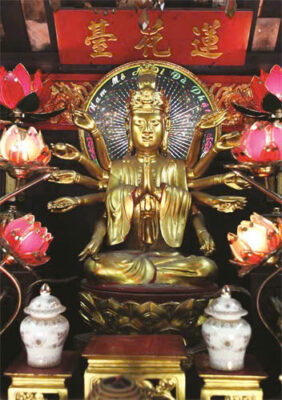
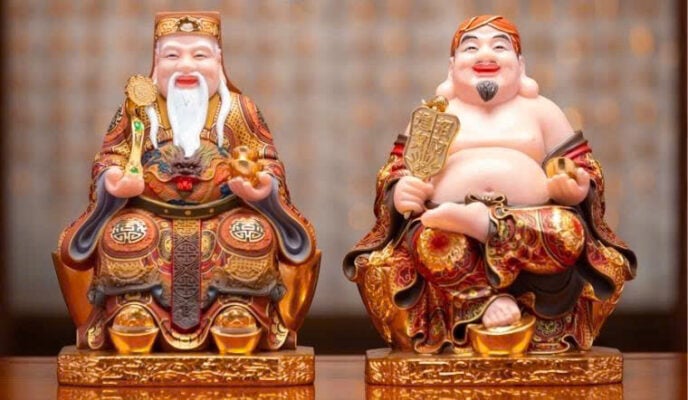
![[Photo] Special flag-raising ceremony to celebrate the 135th birthday of President Ho Chi Minh](https://vphoto.vietnam.vn/thumb/1200x675/vietnam/resource/IMAGE/2025/5/19/1c5ec80249cc4ef3a5226e366e7e58f1)



![[Photo] Party and State leaders visit President Ho Chi Minh's Mausoleum](https://vphoto.vietnam.vn/thumb/1200x675/vietnam/resource/IMAGE/2025/5/19/d7e02f242af84752902b22a7208674ac)

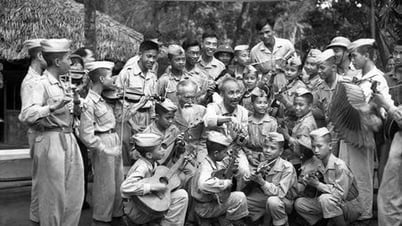


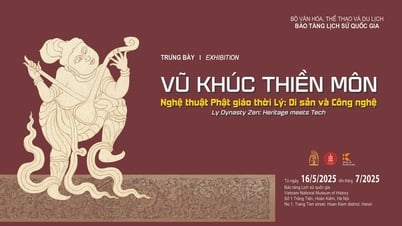







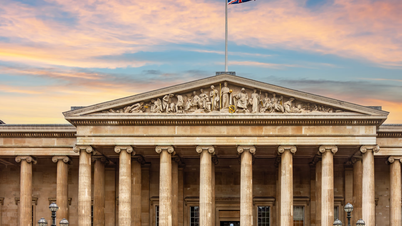

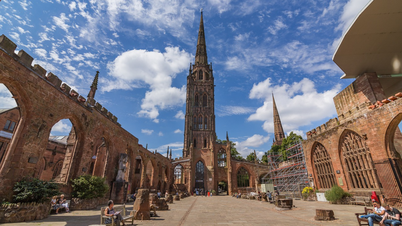
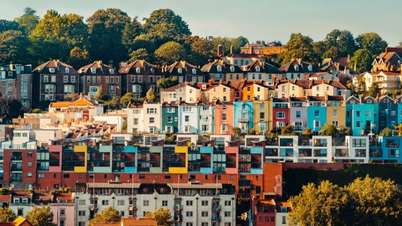

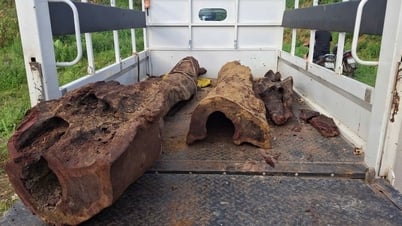

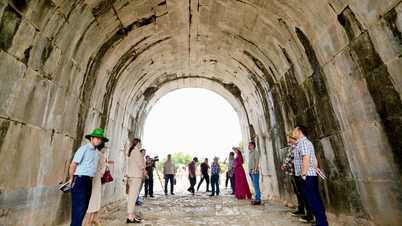

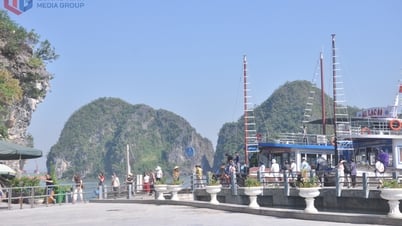



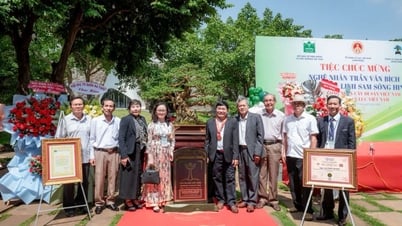

























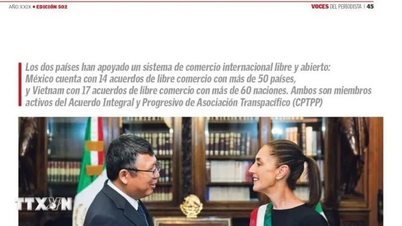






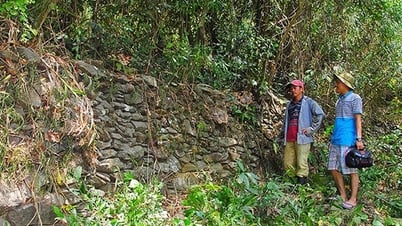

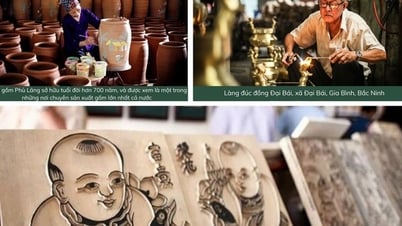
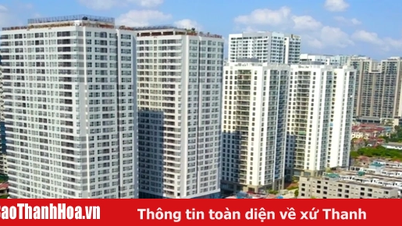

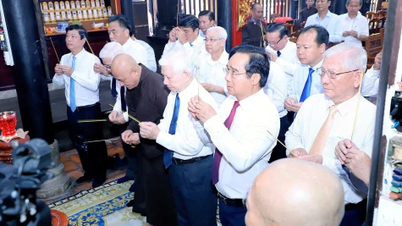

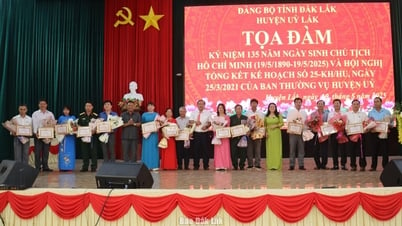

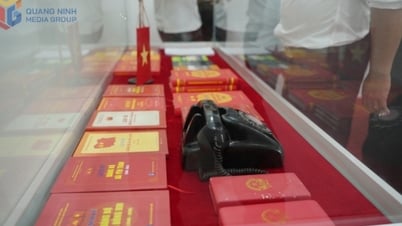




![[VIDEO] - Enhancing the value of Quang Nam OCOP products through trade connections](https://vphoto.vietnam.vn/thumb/402x226/vietnam/resource/IMAGE/2025/5/17/5be5b5fff1f14914986fad159097a677)








Comment (0)